The original Mini was and is still considered by many as an iconic vehicle – in 1999 it was voted as the second-most influential car of the twentieth century. After numerous years of operation and ownership, it was taken over by BMW in 1994, wherein 2000 the German automaker introduced the new Mini Hatch – also known as the Mini Cooper/One.
The radically different-looking Mini set a new era for the company – it was different in many ways and paved the way for a new legacy. At the International Motor Show Germany (IAA) 2017, BMW revealed the Mini Electric concept, a three-door hatch that seemingly was influenced by the BMW i3 due to its similar all-electric powertrain.
Fast-forward to 2019, the Mini Electric went past the phase of being a concept car and became a reality. Now in 2020-21, with almost every manufacturer jumping on the all-electric bandwagon, the Mini Electric faces a lot of stiff competition.
If you’d prefer to watch our review of the Mini Electric, visit our YouTube channel.
Mini Electric price & competition
The Mini Electric (Level 1) starts from £24,900 (including the £3,000 PICG). As standard it comes with the following options:
- Mini navigation including Apple Car Play
- CCS and Type 2 charging ports
- Cruise control
- Dual-zone AC
- Choice of three alloy wheels: 16″ Mini Electric Revolite Spoke, 17″ Mini Electric Spoke 2-Tone, and 16″ Loop Spoke
- Two colours: Moonwalk Grey or White Silver (pictured)
Move up to Level 2, which we have on review here, and it’ll set you back £26,900. This gives you the addition of:
- Mini’s driving assistant pack (speed limit and traffic sign information, city collision mitigation for pedestrians, high beam assistance)
- A rearview camera
- Comfort access (keyless entry)
- Heated seats
- Rear parking distance control
- Part leatherette interior
- Three additional colours: Chili Red, Midnight Black and British Racing Green
- Two additional alloy rims: 17″ Tentacle Spoke and 17″ Cosmos Spoke in Black
Spend £30,900 and that’ll net you the Level 3 trim, which adds the following on top:
- Navigation Plus and a larger touch screen display
- Front and rear parking distance control, which includes park assist so the car can park itself
- Panoramic sunroof
- Head up display
- Harman Kardon speakers
- Full leather interior
- An additional colour: Enigmatic Black
- The addition of 17″ Roulette Spoke rims
Find the best Mini Electric deals
When it comes to taxation, the Mini Electric incurs Benefit-in-Kind and has a lower Vehicle Excise Duty (VED) over its petrol counterpart, the Cooper S.
Outside of Mini’s portfolio, there’s a flurry of other small-sized cars to choose from: the nippy BMW i3 starts from £36,025, the roomier Renault Zoe from £26,495; the 168-mile Nissan Leaf Acenta from £26,845 (the 239-mile Leaf e+ starts from £33,295); the tech-focused Honda e at £26,660; the cute fun-to-drive Volkswagen e-up! at £20,555 and its slightly cheaper sibling, the £19,800 Seat Mii electric.
Read next: Volkswagen e-up! review: A bite-sized electric car
Mini Electric exterior review
In comparison to its competitors, the Mini Electric seems to be well-priced, out of the bunch it’s arguably one of the most stylish-looking all-electric hatchbacks around. That is, however, if you like the look of the Mini Cooper S.
Love it or hate it, the Mini Electric is near-identical to its petrol sibling: from the vehicle’s front grille and circular headlights to its plastic side skirts and wheel arches, and even at the back with the car’s union jack-looking taillights.
The best part is that it can be made to look like a Cooper S, whereby the yellow accents that stretch around the vehicle can be almost entirely removed, and the roof and mirror caps can be painted in black or white, instead. The same could be said about the alloy wheels, whereby the funky-looking aerodynamically-designed 17″ Spoke 2-Tone rims can be exchanged for regular alloys at no extra charge.
Subjectively, it’s nice to differentiate the electric model over its petrol sibling – it’s what makes it unique. Equally, there are consumers out there that would much rather have a ‘normal-looking’ Mini instead and here, Mini has catered for those buyers.
Read next: Government car grant for electric cars: A complete guide on the PICG
Mini Electric interior review
The same could be associated with the car’s interior trim, which is, as you might have guessed, near-identical to the Copper S. There’s a reason why some international markets refer to the vehicle as the ‘Mini Cooper SE’.
The cabin is greeted with a plane-like cockpit, where four levers are used to flick between the two regenerative braking levels; choose between the four available drive modes (Sport, Mid, Green and Green+); enable or disable traction control; and start or stop the car. The latter is illuminated in a fitting yellow finish and LED.
Above these switches, sits the car’s physical climate control knobs and buttons. Despite the modern appeal of the Mini Electric, it’s great to see the manufacturer has retained practical controls.
Buy a car phone mount on Amazon (Affiliate)
Further up, you’ll find physical media buttons and a 6.5″ touchscreen display, which is poised at the centre of the dashboard. The display has a multi-coloured LED strip that wraps itself around the centrepiece; it lights up to visualise media volume, remaining charge and the car’s connectivity status – useful and yet visually appealing.
The same could be said about the fully digitalised instrument cluster that’s clear and easy to read. A power indicator resides on the left, digital spedometer at the centre and battery level on the right.
Read next: Mini Electric audio review: A punchy audio system
As for connectivity, the Mini Electric supports Apple Car Play but omits Android Auto. It’s likely the vehicle will get the latter operating system at a later date, given its BMW counterparts have only recently started receiving the upgrade. Nevertheless, it’s disappointing to see it missing in what we’d consider is a car designed for a younger, tech-savvy audience.
If you own an Android phone, you can still connect to the car’s infotainment system via Bluetooth. One can charge a smartphone through the use of the USB slot, which is located under the four levers, and if you need additional power, a 12V socket is at your disposal, too.
When it comes to the car’s audio system, the Mini Electric houses a six-speaker configuration, with two drivers at the front, two at the back and two woofers placed under the front seats. If you’d like to know how the system performs, watch our dedicated review of it on YouTube.
Mini Electric storage review
Storage is limited on the Mini Electric and it’s immediately apparent from the front of the cabin. There’s no convenient place to store your smartphone (if you’re using an Android phone for navigation that is), whereby you’ll be forced to mount it on the windshield that sits pretty far from the driver.
There’s a small compartment for storage by the centre console and under the armrest, an additional place to store away a wallet or purse. The same could be said about the two front doors, which have a small area to tuck away loose change and some documents. Two cupholders reside ahead of the gear selector.
At the rear seats, things get crammed with no place to tuck away tablets or larger-sized belongings. On the plus side, there are three cupholders at the back.
Moving onto the boot and you’ll find yourself limited to 211 litres. Pop the seats down and this figure increases to 731 litres. Not bad considering the Cooper S is identical, but when looking at alternative EVs, the electrified Mini is outshone. With the seats in place, the compact VW e-up! offers up to 252 litres, the Renault Zoe 338 litres, and the Nissan Leaf 435 litres.
Read next: MG ZS EV review: An affordable all-electric SUV
Mini Electric comfort review
When it comes to practicality, the Mini Electric isn’t ideal. In fact, it’s limited as a three-door hatch, only – there’s no five-door variant, making it a bit awkward if you have young children.
Doors aside, space is limited. You’ll feel henned in when sat at the back and feel a little cramped when you’re in the driving seat. Unsurprisingly, headroom at the back is limited whereby any individuals that measure more than 6-foot (182cm) will struggle to sit comfortably.
Thankfully, if you are a tall driver, you can manually prop the seats back; be mindful that should you have any rear occupants, they won’t be able to sit behind you.
As for the seats themselves, they’re overly stiff and don’t bode well for long-distance drives. Sit in the car for over two hours and you’ll find yourself having lower back pains; it’s among the stiffer seats we’ve sat in, which lends itself to an uncomfortable experience.
The same could be said about the car’s steering wheel. Unlike its competitors that opt for a much lighter wheel, the Mini Electric is hard to manoeuvre around inner-city routes – no matter which driving mode you select.
Read next: Extreme E: The electric off-road racing series
Mini Electric performance review
While the car makes for a more tiresome experience within inner-city commutes, its steering wheel and the rather stiff suspension do make for a better ‘driver’s feel‘. Here, the hatchback is a joy to drive on country roads; the car grips the road extremely well, stays well-planted around corners and more importantly feels connected with the road it’s on – the same couldn’t be said about some of the competitors’ cars.
Find the best Mini Electric deals
Likewise, when driven on the motorway, the Mini Electric feels safe and robust, whereby it doesn’t sway when a large-sized truck swoops past. As for power, its front-mounted motor dispatches 137 kW (184 hp) of power with 270 Nm of torque, launching the FWD 3-door hatch to 62mph in under 7.3 seconds. Top speed is limited to 93mph.
In comparison to its petrol sibling, the Cooper S, which would seemingly be a thrilling option, the Mini Electric is more fun to drive – the instant acceleration will bring joy to anyone’s face, especially when lobbed in Sport mode, which evokes a perfect throttle response from the car’s motor. Compared to its all-electric competitors, again, the Mini Electric comes out on top. Take the VW e-Up! for example; it’ll get to 62mph in 11.9s and has 60 kW (81hp) of power, instead.
Buy a car phone mount on Amazon (Affiliate)
Lift your foot off the accelerator, and the Mini Electric comes to a somewhat abrupt stop. That’s due to it being on the High Energy Recovery mode by default. Here, its regenerative braking is similar to that of the BMW i3; it allows for a one-pedal approach in inner-city drives but can lead to a precarious experience on the motorway. Thankfully, it can be switched to Low Energy Recovery mode through the flick of a lever, which makes for a far more familiar experience, albeit recovering less energy.
When it comes to range, the Mini Electric is severely limited due partly from its small 32.6 kWh (28.9 kWh net) battery pack – to think it’s smaller than the compact i3, which sits at 42.2 kWh and 37.9 kWh, respectively is pretty shocking.
Mounted along the rear underfloor of the vehicle, the Mini Electric’s battery pack achieves a mere 100-110 miles on a single charge, far below its 140-145-mile claim. It’s particularly interesting to find that even on a full charge, the instrument cluster will display around 90-110 miles of range; it’s due to the vehicle basing its estimate on the previous drive rather than showing its claimed figure. We suspect that some will like this feature as it’s more realistic, while others will feel aggravated that Mini’s WLTP claim is unachievable.
Read next: BMW X5 xDrive45e M Sport first drive: A 394hp plug-in hybrid SUV
Due to it having a relatively small battery pack, it’s unsurprising to learn that the car will charge from empty to full in 36 minutes using a 50 kW DC rapid charger, which is thanks to the car’s CCS port; while a 7.4 kW wall box or public AC charger will take 3 hours 12 minutes via its Type 2 port. The Mini Electric also supports an 11 kW three-phase intput, meaning it can also replenish its cells in 2 hours 30 minutes.
Eslewhere, the Mini Electric does succumb to a bit a road noise, which creaps in from its tyres but it’s perfectly acceptable. There’s also minimal wind noise that can be heard through the car’s A-pillars, so motorway drives are a breeze.
Read next: What is an EV? Everything you need to know about hybrid and electric vehicles
TotallyEV’s verdict on the Mini Electric
Despite the car’s ability to deliver an excellent driving experience and uncompromised looks over its petrol sibling, the Mini Electric fails to deliver a practical all-electric vehicle. While the manufacturer will claim the car is built for the city, its steering and suspension set up will say otherwise.
Find the best Mini Electric deals
Out of the city, and the Mini is limited to a 100-110 miles of driving range. While most wouldn’t have batted an eye-lid a few years ago, in 2020-21 the three-door hatch fails to compete with its main rivals; not only do they offer a better range but they even manage to provide a more practical design.
At least, that’s our thoughts on the Mini Electric, what do you make of it? Let us know in the comments below or via social media; we’re on: YouTube, Instagram, Facebook, Twitter and LinkedIn.




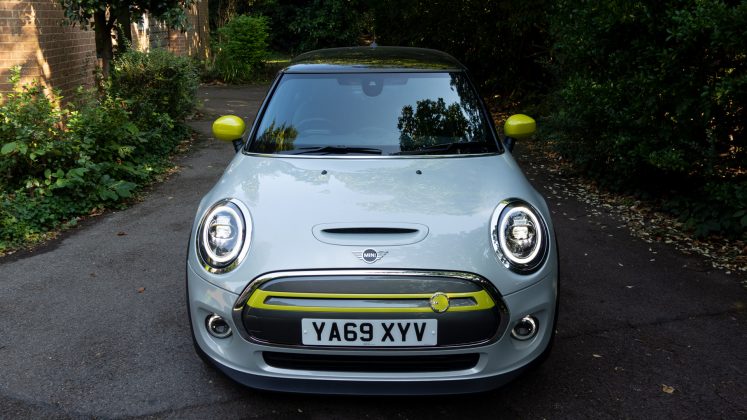







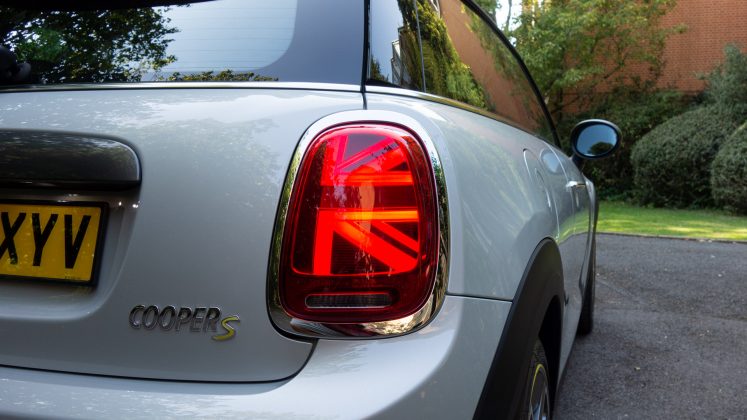










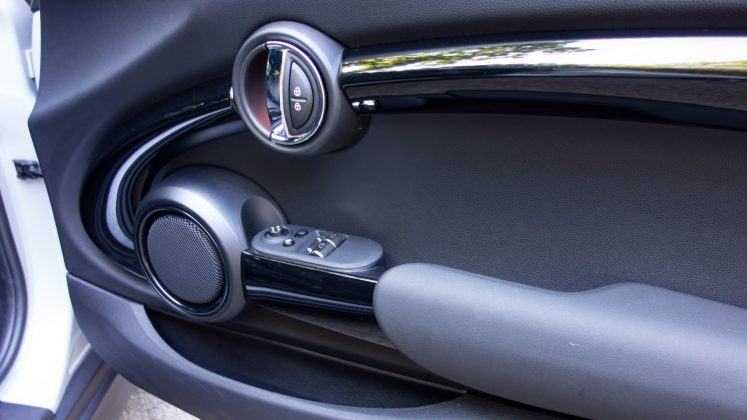














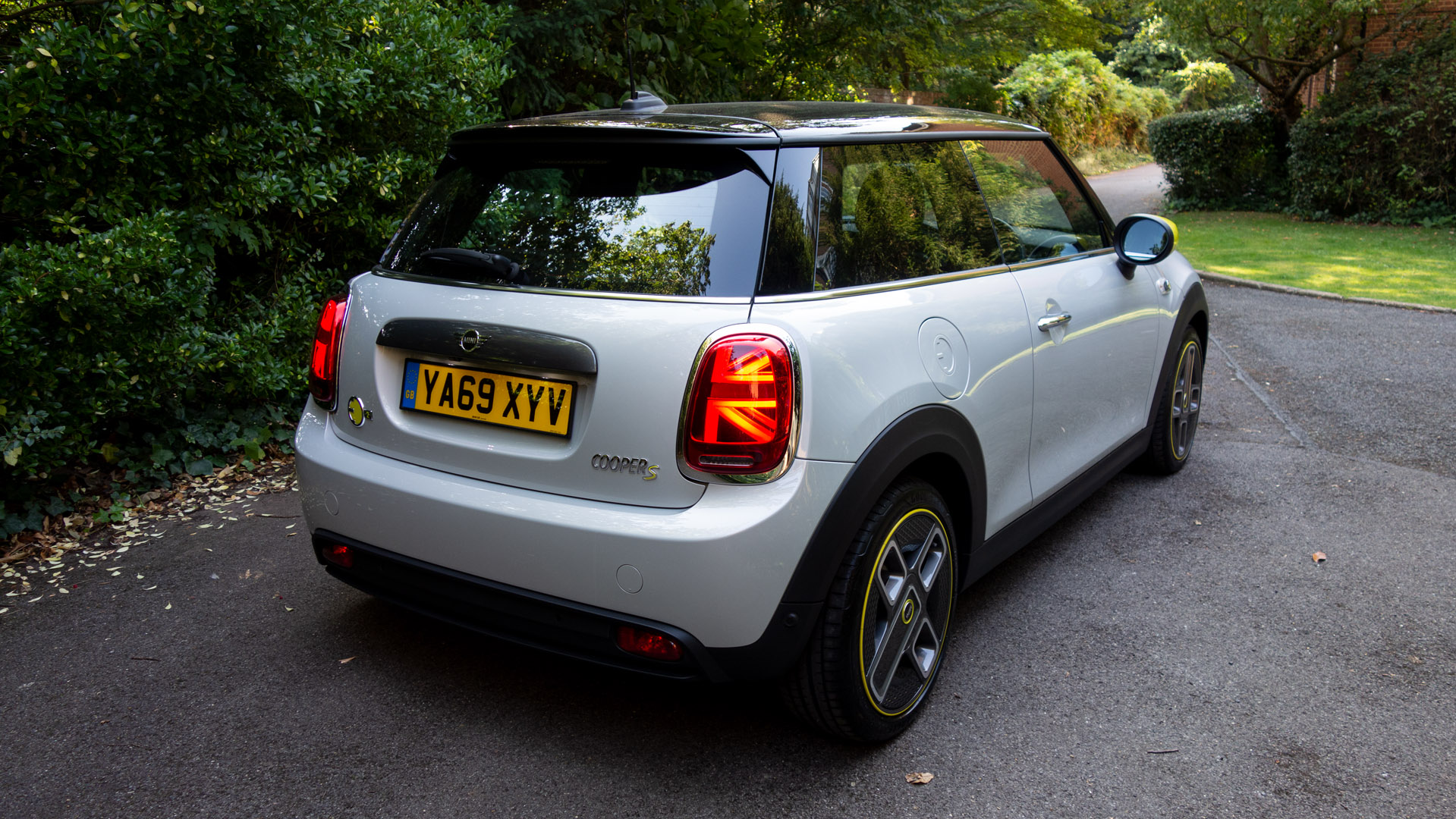
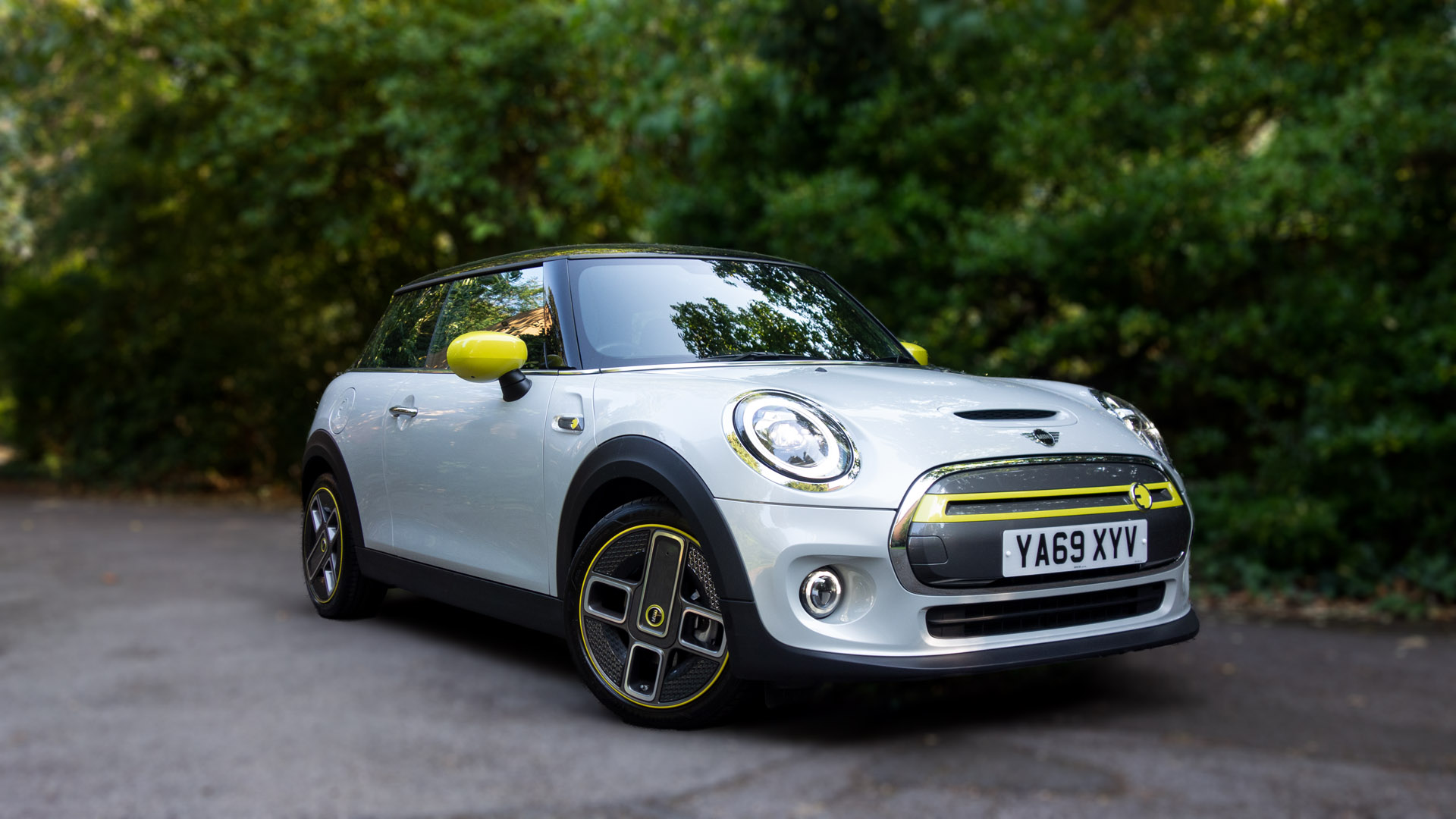




I realise this is quite an old post, but after owning an SE for almost 2 years, I think I should correct a few things 🙂 Firstly, range in the real world – combined city/freeway is more like 140-150 miles. Granted, nobody ever uses the “full” range, but it is there if you need it. The GOM (guess ‘o’ meter) should never be trusted. I would also suggest it is the perfect city car. The weighted steering and stiff suspension and crazy low speed acceleration mean pulling out of intersections, ducking into gaps or negotiating tight streets is easy. It is by far the best city car I have ever owned, and now that I think about it, that I have ever been in – full stop.
Thanks for sharing; range wise we’re pretty content with our assessment as it’s in line with other vehicles that have been tested on the site, but of course, everyone drives differently!